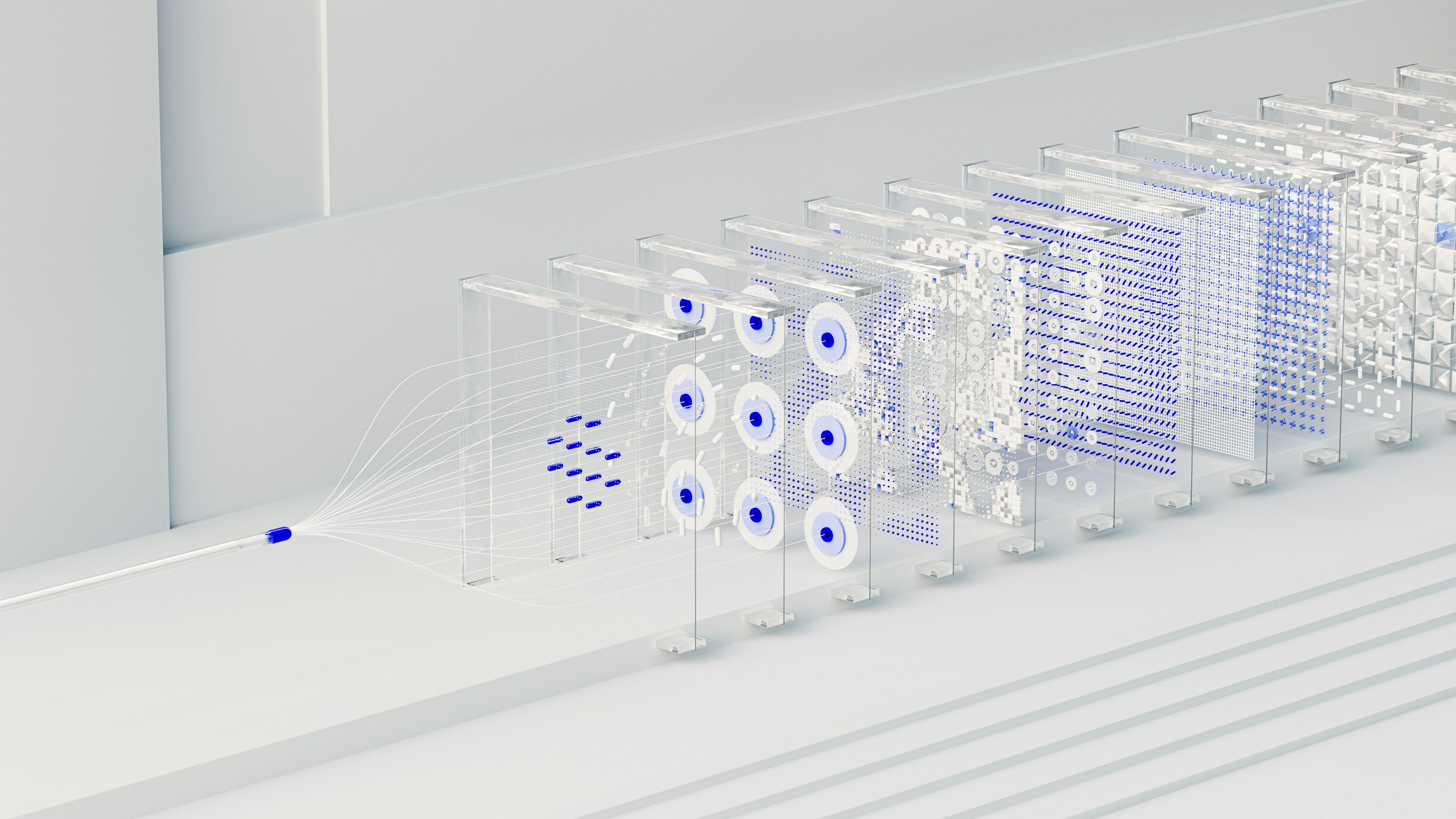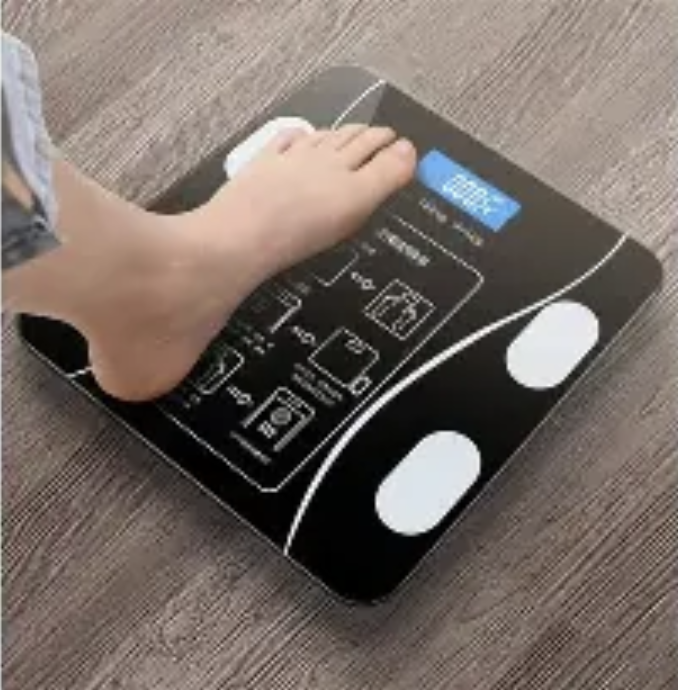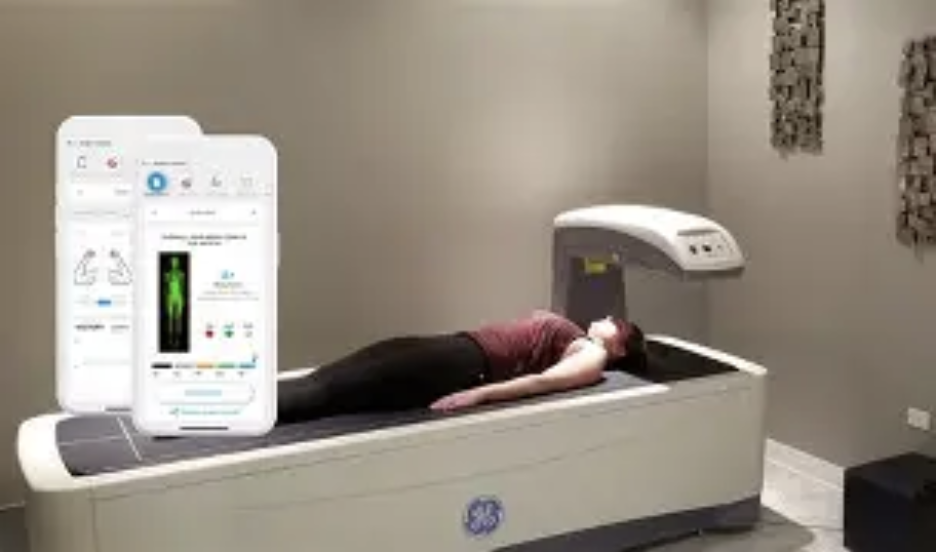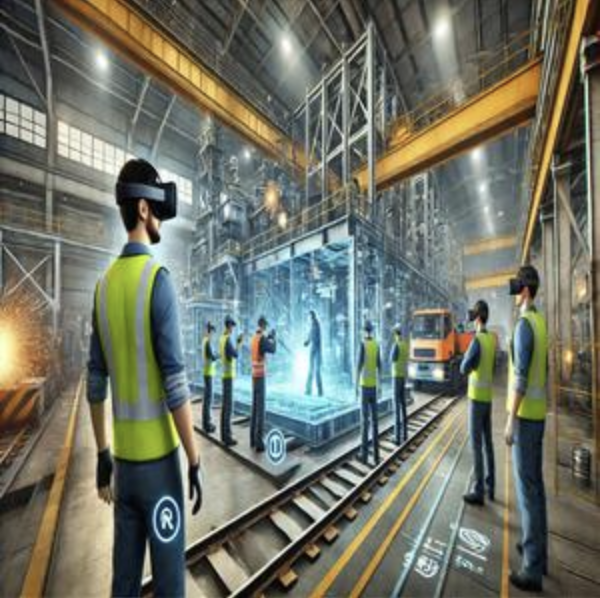NOA Test Drive: Steadier Than Human?
For those who own luxury vehicles, the experience of driving encompasses both control and comfort equally. Introducing Navigation on Autopilot (NOA), a state-of-the-art driver-assistance technology that aims to transform the driving experience. However, beneath the promotional excitement is an essential inquiry: Is NOA genuinely more reliable than a human behind the wheel? An examination lasting a week with a high-end electric sedan provides valuable revelations for sophisticated drivers—highlighting the strengths of AI, its shortcomings, and the importance of mastering this innovation for the advancement of luxury transportation.
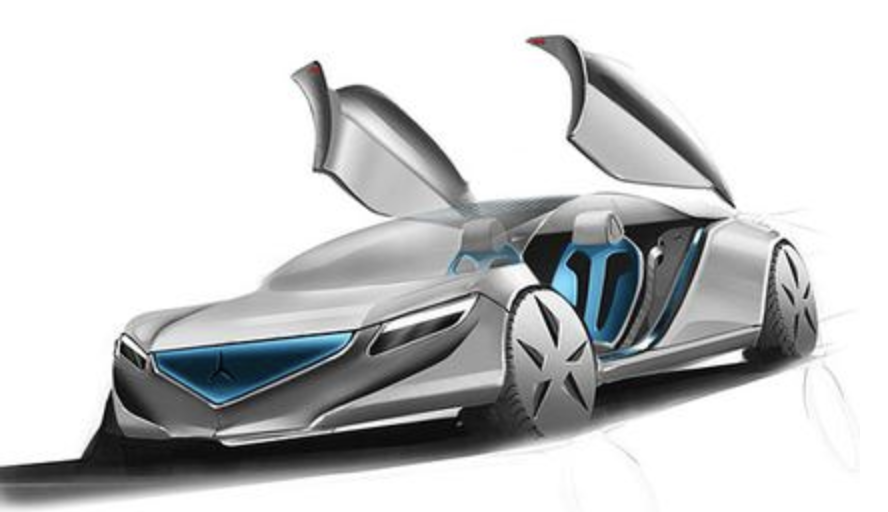
Humans frequently execute lane changes with sudden steering movements, yet NOA exhibits remarkable accuracy. While driving on a busy freeway, the system analyzed 15 surrounding vehicles both ahead and behind in real-time, pausing 2.3 seconds for a gap that met its 0.8g acceleration requirement—resulting in such a smooth merge that passengers hardly sensed it. In contrast to hurried human choices, NOA’s composed approach mitigates the "jerk" effect, making highway transitions flow effortlessly and predictably.
Navigating Complex Interchanges
Highway junctions often challenge many motorists, while NOA excels in these situations. As it approached a cloverleaf interchange, the system began to reduce speed 800 meters prior, reducing from 110 km/h to 65 km/h gently and without abrupt braking. It followed the inner lane with precise accuracy, steering clear of the frequent human error of veering too wide. The only limitation was a momentary pause when a cyclist entered a nearby on-ramp—prompting drivers to remain vigilant.

Night Driving: Beyond Human Vision
Driving at night puts human reflexes to the test, yet NOA’s sensor integration stands out. On a dimly lit rural road, its LiDAR spotted a deer 250 meters ahead—far exceeding the reach of human headlights. The system eased to 40 km/h gradually and then picked up speed once the danger was gone. In comparison, an average person has a 1.5-second response time at nighttime; NOA's advanced actions transform potential hazards into non-events.
Handling Unexpected Obstacles
The unpredictability of real-world roads showcases NOA’s impressive flexibility. When a sudden accident occurred ahead, the system switched lanes, recalculated a route, and alerted the driver—all within 1.2 seconds. However, it faced difficulty in a construction area where lane markings were obscured by mud, necessitating human assistance. This blended strategy—AI for routine tasks, human intervention for unpredictable situations—creates a balance that luxury vehicle operators value.

Comfort Metrics: The Luxury Benchmark
For wealthy drivers, comfort is synonymous with stability. Throughout the assessment, NOA sustained an even following distance of 1.8 seconds, preventing the stop-and-go 'traffic wave' often caused by human operators. Its acceleration and deceleration patterns matched the refined tuning of the sedan, ensuring that passengers did not shift forward or backward. A passenger in the rear even remarked, "It feels like being driven by someone who has 20 years of experience."
While NOA isn’t a substitute for human drivers, it frequently offers greater steadiness in regular conditions. Its accuracy, composure, and extensive sensor capabilities surpass those of humans in highway travel, nighttime driving, and congested scenarios. Nonetheless, it still requires human supervision for atypical obstacles. For luxury car owners, NOA stands as more than just a technological novelty; it serves as a means to diminish fatigue, improve comfort, and introduce an additional layer of safety. The future of driving lies not in a competition between AI and human skill but in the collaboration of AI and human instinct to foster an exceptionally smooth experience.
(Writer:Lany)

